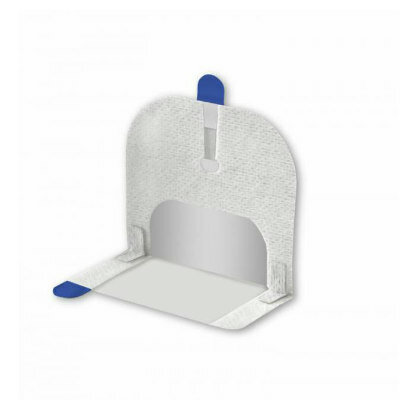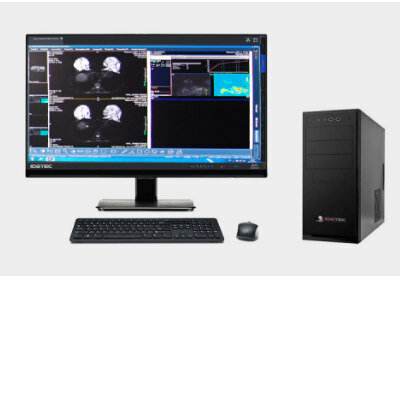MRI Reveals World Trade Center Workers Exposed to Dust Cloud Have Higher Risk of Atherosclerosis
By MedImaging International staff writers
Posted on 05 Dec 2011
In the first study using magnetic resonance imaging (MRI) to evaluate cardiovascular risk in World Trade Center (WTC; New York, NY, USA) first responders, researchers have discovered that the responders who experienced high levels of exposure to the initial dust cloud on September 11, 2001, demonstrate high-risk characteristics of atherosclerosis. Posted on 05 Dec 2011
The data were presented in November 2011 at the American Heart Association’s Scientific Sessions 2011 in Orlando, FL, USA. Mary Ann McLaughlin, MD, MPH, associate professor of medicine at Mount Sinai School of Medicine (New York, NY, USA), and the lead investigator for this study, has been evaluating the cardiovascular health of the WTC responders since 2007. In addition to the current study, her research has shown more impaired cardiac relaxation and coronary calcification in responders at Ground Zero, compared with the general population.
First author, Venkatesh Mani, PhD, and colleagues, employed magnetic resonance imaging (MRI) to assess the blood vessels of 19 responders exposed to the high levels of particulate matter from the dust cloud, and 12 exposed to the lower levels. They discovered that WTC workers who were exposed to the initial dust cloud had higher blood vessel formation in their artery plaque compared to people with lower exposure. Coinvestigator, Simonette Sawit, MD, also showed impaired vascular reactivity, or dysfunction of the inner lining of blood vessels, in those with higher dust exposure. This dysfunction may accelerate the progression of atherosclerosis. The Mount Sinai team found this link in WTC workers independent of other clinical factors.
“Using noninvasive MRI imaging, we were able to see a significant impact of the events of 9/11 on the cardiovascular health of the brave men and women who responded that day,” said Zahi Fayad, PhD, professor of radiology, and medicine in the division of cardiology, and the director of the Translational and Molecular Imaging Institute at Mount Sinai School of Medicine. "Now that we have visualized the risk and early development of vascular lesions, in a subset of subjects, we look forward to studying the use of imaging in the greater patient population.”
“This study defines physiologic change associated with greater exposure to the dust cloud at the WTC site,” said Dr. McLaughlin. “We are currently evaluating other predictors of cardiovascular risk in this population to gain a better understanding of the impact of particulate matter exposure on cardiovascular health.”
Related Links:
Mount Sinai School of Medicine













